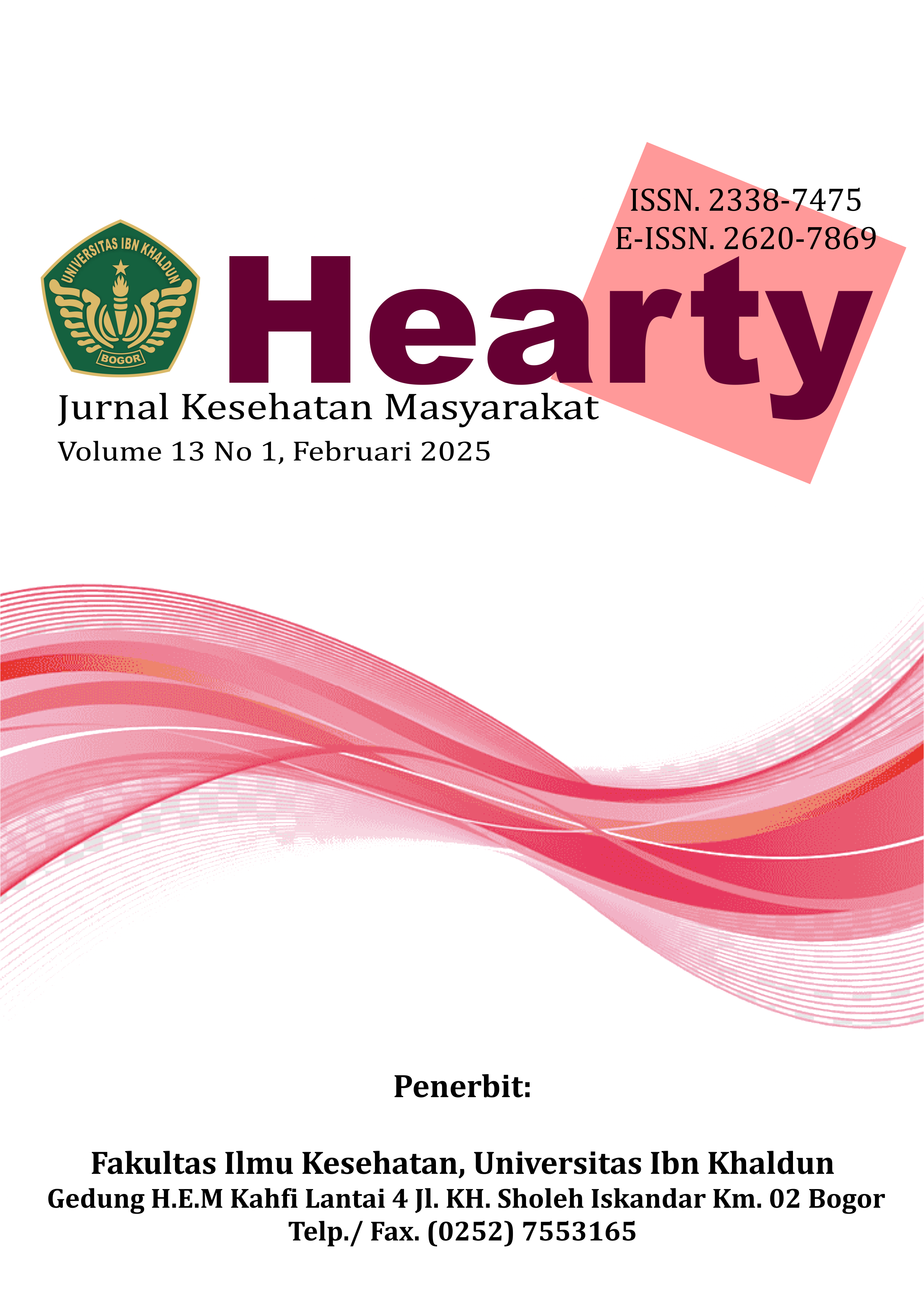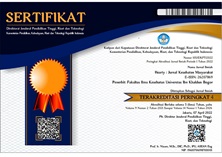THE RELATIONSHIP OF GENDER ROLES AND DECISION MAKING FOR MIDWIFERY SERVICES FOR CHILDHOOD IN THE IIIRD TRIMESTER OF PREGNANT WOMEN INDEPENDENT PRACTICE OF MIDWIFERY FENNY ASTARI
DOI:
https://doi.org/10.32832/hearty.v13i1.16000Abstract
Background: There is a large disparity in health care options between men and women in Indonesia. The primary causes of this illness are gender inequality and the stigmatisation of women in the medical system. Health initiatives have also not given this issue due consideration. Objectives: Being aware of how gender roles influence the choices made by midwives when third-trimester pregnant women are about to go into labour. Methods: The variable data is simultaneously evaluated in this cross-sectional study design, which combines a descriptive research methodology with a quantitative approach. This study included 78 pregnant women in their third trimester who were clients of Fenny Astari's own practice as midwives. The study's sample, which consisted of 78 individuals, was comprised of third-trimester pregnant women who were clients of Fenny Astari's independent practice. In this investigation, complete sampling was the sample method employed. Univariate and bivariate analyses are the two methods employed. Results: Using the chi square statistical test results, the choice is made to reject Ho and accept Ha because the p value is less than the alpha value of 0.05. Conclusions: Decision-making is very important, especially the mother's decision for services and childbirth. Because the mother's comfort in pregnancy and childbirth services affects the fetus that will be born. For this reason, there must be an understanding for the father to understand and give this decision to the mother. Because Ha is accepted, "There is a significant relationship between gender roles and midwifery service decision making".
























